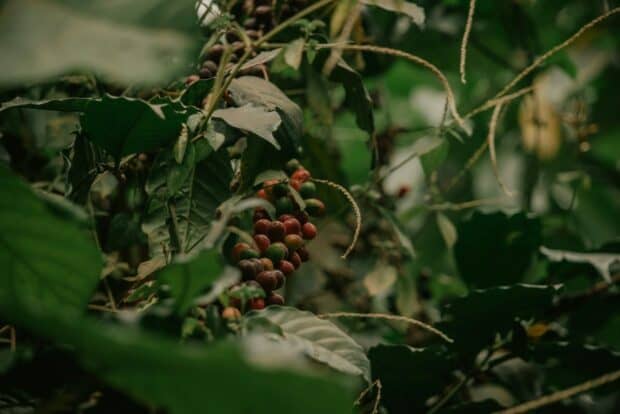[[{“value”:”
Green coffee production in Tanzania is expected to increase by approximately 7% in the 2024/25 market year, up to the equivalent of approximately 1.5 million bags.
The increase has been attributed to successful rehabilitation of aging plantations and steady demand from key buyers such as the EU.
These and other predictions are outlined in the new USDA Foreign Agriculture Service annual report on the Tanzania coffee sector.
[Note: This is part of a series of stories that will explore USDA FAS annual coffee reports. The information agency typically delivers more than a dozen country-level reports on the coffee sector, each coming from different authors and field offices, with predictions for the 2024/25 market year.]
Production
The USDA FAS post in Dar es Salaam estimates that Tanzania’s coffee production for market year 2024/25 will increase slightly over 2023/24 due to favorable weather and maturation of rehabilitated plantations.
To boost future production, the Tanzania Coffee Board (TCB) distributed 13 million improved seedlings to farmers as of November 2023, with plans to distribute 25 million total by the end of 2025.
The government has been focused on rehabilitating existing coffee farms, rather than opening new ones, with the harvested area expected to remain at 265,000 hectares, according to sources in the report.
Production Dynamics
Arabica coffee accounts fo the majority of Tanzania production, representing about 60.9%, with growing regions including Kilimanjaro, Arusha and Tanga.
Robusta coffee is primarily grown in the regions of Kagera, Mwanza and Morogoro.
The majority of Tanzania’s coffee is produced by around 320,000 smallholder farmers, with a smaller portion from about 100 large farms.
Marketing and Sales Channels
According to the FAS report, the majority of Tanzanian coffee is first sold at the farmgate, where it is traded in parchment or dry cherries to private buyers or cooperatives.
Direct export sales allow farmers to trade directly with buyers outside Tanzania, with contracts needing to be registered with the Tanzania Coffee Board (TCB).
The authors noted that online auctions are another key marketing channel for Tanzanian coffees, with six government approved auction sites plus the centralized auction site in Moshi.
Trade
Main export destinations include the EU, Japan, the United States, Morocco, Russia, South Korea, India, Australia, and South Africa.
The EU is by far the top export destination for Tanzanian green coffee, with an estimated 752,000 bags in 2023/24, representing approximately 59%.
Comments? Questions? News to share? Contact DCN’s editors here.
“}]]


